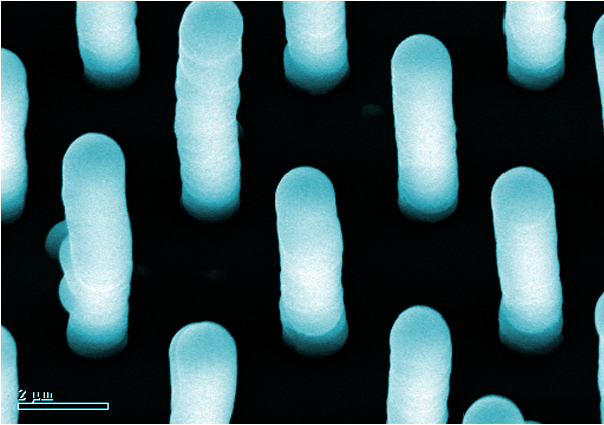Carbon Nanotubes
“Carbon nanotubes (CNTs) are molecular-scale manufactured forms of carbon. There are two general groups:
- single-walled (SWCNTs)
- multi-walled (MWCNTs)
CNTs can differ in terms of chemical composition. They may be pure carbon or contain metals or other materials. They can be sixty times stronger than steel, yet six times lighter. CNTs have chemical, physical and bioactive characteristics of considerable research and commercial interest.”2
Modification to Reduce Toxicity
“Several reports have highlighted the potential adverse health effects from exposure to unmodified CNTs. The potential for mesothelioma formation in mice exposed to CNTs was dependent on a physical Structure Activity Relationship (SAR) that was similar to ‘long’ fibre asbestos, as short fibre asbestos and tangled CNTs did not cause pre-mesothelioma effects (Poland et al. 2008). However, it is also reported that CNTs functionalised by chemical modification have significantly reduced toxicity for some cytotoxicity endpoints. Although CNTs and fullerenes all consist of pure carbon, their cytotoxicity varies widely, i.e. their order of potency when alveolar macrophages are exposed in vitro is: SWCNT; MWCNT; C60 (Jia et al. 2005). The cytotoxicity of SWCNT can be reduced more effectively by sidewall functionalisation than surfactant-stabilisation (Sayes et al. 2006a). This covalent functionalisation therefore offers significant improvements in the toxicity profile of CNTs, both in vitro and in vivo, potentially enabling them to be employed as drug delivery vehicles for the treatment of cancer and other diseases, and for use in nuclear medicine (Reilly 2007; Srinivasan 2008).“3 Bayer Material Science in November 2009 derived an Occupational Exposure Limit (OEL) of 0.05 mg/m³ for its Baytubes® based on the “latest results of sub-chronic inhalation studies that support the conclusion that Baytubes act like poorly soluble particles.”4
General Resources
- Risk management of carbon nanotubes, U.K.Health and Safety Executive (updated 2013)
Attached below is the Interim Report of the New Energy and Industrial Technology Development Organization (NEDO), Japan, entitled, “Risk Assessment of Manufactured Nanomaterials – Carbon Nanotubes (CNTs), issued on October 16, 2009.
Specific Protocols:
- High Pressure Carbon Monoxide HiPco Process – Smalley Institute, Rice University
- Carbon Nanotube Fiber Spinning – Smalley Institute, Rice University
- Carbon Nanotube Carpet Growth – Smalley Institute, Rice University
- Carbon Nanotube Photochemistry and Functionalization – Smalley Institute, Rice University
- Decommissioning a Carbon Nanotube CVD Reactor – Smalley Institute, Rice University
1. Photo Credit: Carbon Nanotube Interconnect, NASA Ames Research Center, Center for Nanotechnology 2. Health and Safety Executive, Risk management of carbon nanotubes, 1 (March 2009) 3. Safe Work Australia, “Engineered Nanomaterials: Evidence on the Effectiveness of Workplace Controls to Prevent Exposure,” at 28 (Nov. 2009) (citing Poland CA, Duffin R, Kinloch I, Maynard A, Wallace WAH, Seaton A, Stone V, Brown S, MacNee W & Donaldson K, “Carbon nanotubes introduced into the abdominal cavity of mice show asbestos-like pathogenicity in a pilot study,” Nature Nanotechnology 3(7): 423-428 (2008); Reilly RM, “Carbon Nanotubes: Potential Benefits and Risks of Nanotechnology in Nuclear Medicine,” Journal of Nuclear Medicine 48(7): 1039-1042 (2007); Sayes CM, Liang F, Hudson JL, Mendez J, Guo W, Beach JM, Moore VC, Doyle CD, West JL, Billups WE, Ausman KD & Colvin VL, “Functionalization density dependence of single-walled carbon nanotubes cytotoxicity in vitro,” Toxicol Lett. 161(2): 135-42 (2006); and Srinivasan C, “Toxicity of carbon nanotubes – Some recent studies,” Current Science, Vol 95, No 3, 10 (August 2008) (accessed 6th October 2008)) (copyright Commonwealth of Australia reproduced by permission). 4. Occupational Exposure Limit (OEL) for Baytubes defined by Bayer Material Science
